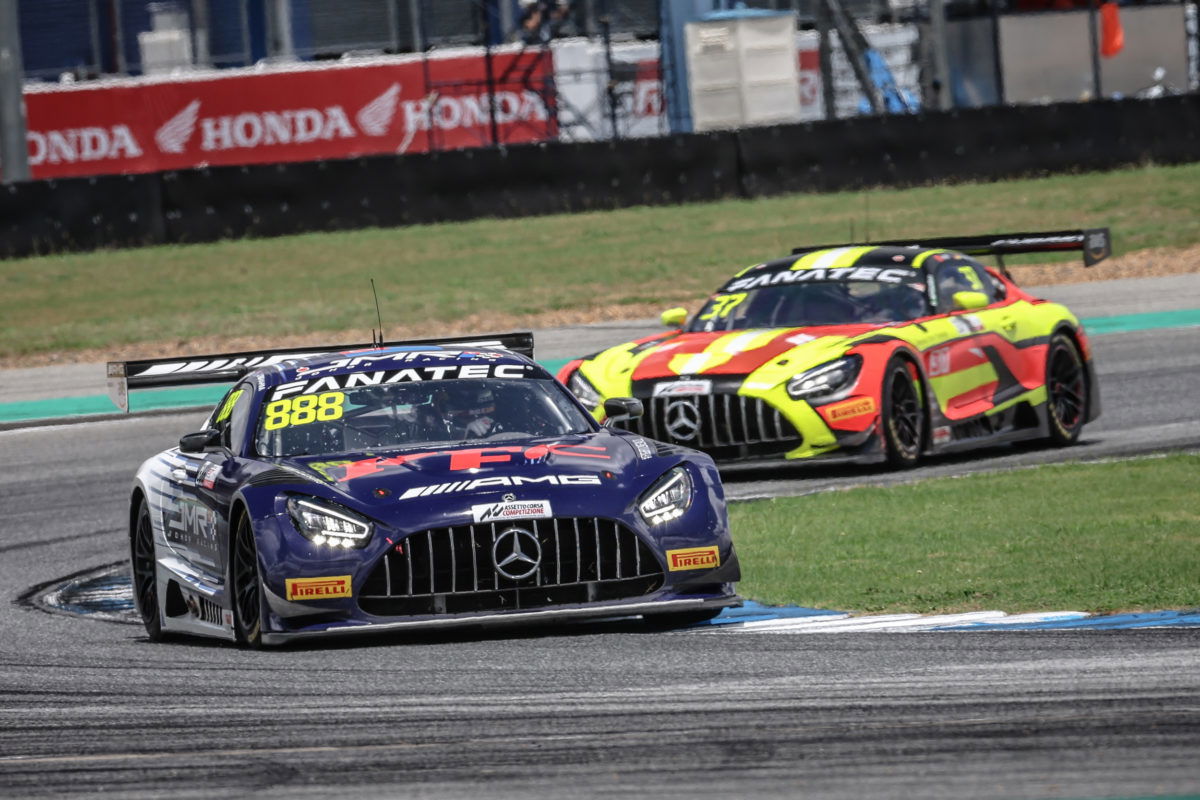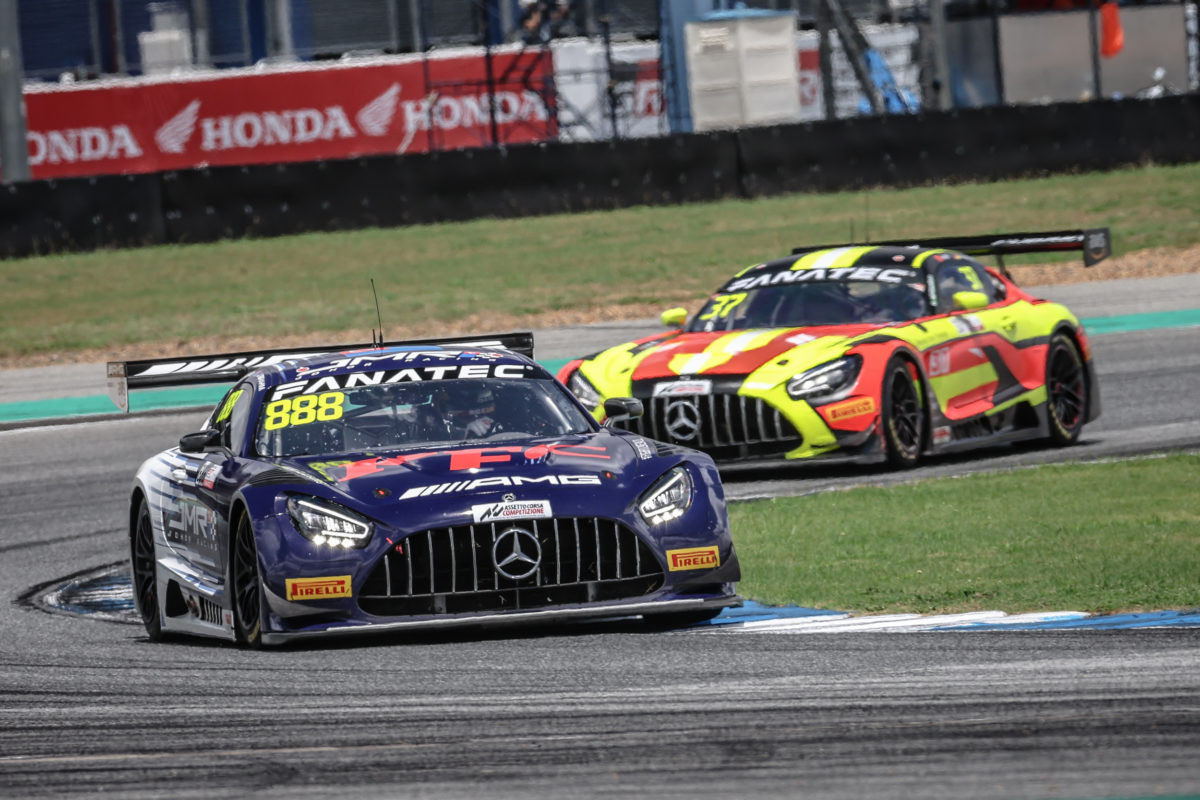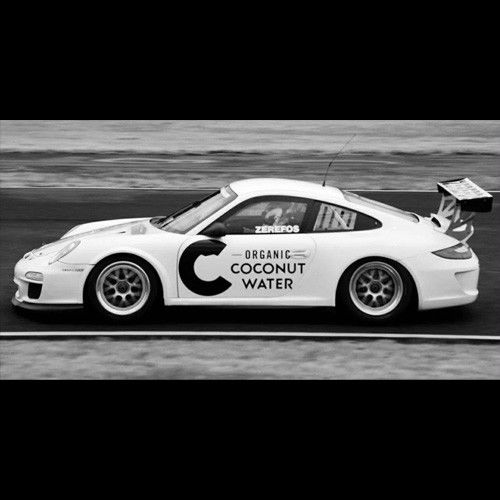

I’m currently in Thailand on the way back from the first round of the GT World Challenge Asia held at the Buriram circuit at the weekend.
First and foremost, the event proved that, not only is Asia well and truly open again post COVID, but that GT motor racing in this part of the world is in very rude health. After the equivalent opening round of the series in 2022 saw only eight entries, this year there were 24 GT3 cars from four manufacturers on the grid.
Not only were the numbers there, but the quality of drivers was extremely high, with very good Pro/Am combinations forming the bulk of the field. And almost every car on the grid was no more than 12 months old, most being brand new for the weekend.
The pit boxes were well laid out and properly equipped up and down the lane which is no easy feat when everyone operates out of 40ft containers.
With entries from China, Japan, Taiwan, Hong Kong, Thailand, New Zealand and Australia, this really is a regional series. Throw in drivers from at least 14 different countries and it does have a truly international feel.
Triple Eight/JMR had a great season start with a win, with HH Prince Abu Bakar and Luca Stolz, in the first race on Saturday in very difficult conditions. The fact that there were no significant incidents nor any safety car interventions during that race, with all the Am drivers starting the race on a wet track, shows how high the standard can be.
Conversely, Sunday, on a fully dry circuit, showed how messy these races can be unfortunately, with far too many incidents.
For me, a big part of racing overseas is to learn what we can do better, both as a team and also as a sport back home in Australia. If you exist in a vacuum without exposure to what else is going on in the world you’ll end up out of step with contemporary best practice.
And the single biggest take out from last weekends event in Thailand was the sheer quality of Race Direction, under Peter Daly.
Only the work of James Taylor, as Supercars Race Director, is in the same league when it comes to Australia.
Here is a Pom, who lives and works in the UK, not Asia, who had to ensure excellent communications, conducted in English, with teams and drivers for whom English, in the vast majority of cases, isn’t their mother tongue.
So, he ensured that everything was clear and unambiguous from the start. He used pictures and diagrams wherever possible to demonstrate what he meant. He left no-one in any doubt as to what the relevant rules and regulations meant. Luca Stolz drives for AMG all around the world and sits in multiple drivers briefings in different series almost weekly. Luca was full of praise for Mr Daly, as were the various team managers.
But there was no rocket science involved whatsoever. Only good communications and clarity of direction. The same was apparent from the RD during the races themselves.
Maybe the key is that Mr Daly is not a full-time official. He’s a businessman with his own company and employees who also happens to race at an amateur level. He clearly understands how to get the best from people and he clearly has a racers mentality. Motorsport Australia needs to start fishing in the right pond to find the right people to get this country back to being at the leading edge of officialdom. Urgently.
The other big takeout from the way the weekend operated was the use of the FCY – Full Course Yellow. Some of you maybe have heard it being used very openly in Formula E, where the Race Director can talk to the drivers direct. In the GTWCA case, all cars are limited to 80km/h during an FCY.
In this instance, the RD calls the FCY to the teams who then communicate with the drivers. At the same time, the in-car warning system that is obligatory in all cars also displays the real time information.
The drivers were all given the opportunity to experience the system during practice. It worked well with very few issues.
The system creates a far safer environment in the case of an incident and, I believe, can also potentially reduce the need for Safety Cars by allowing local incidents to be cleared up without having to employ the SC, giving the capacity for more racing – the removal of debris being a great example.
An FCY can also be used as a prelude to a full Safety Car. The immediate use of an FCY can allow the field to be slowed which, in the case of Supercars in particular, will drastically reduce the risks we all know exist when cars race for pit lane as well as the risk of double stacking. The Safety Car can still be deployed but in a much safer way. This was very ably demonstrated this past weekend at the Buriram circuit in Race 2.
It’s not all perfect though in GT World Challenge Asia. The sheer popularity of the series now (and forty cars are expected for the second round in Japan next month) is creating a very high risk in pit lane especially given that, probably, 70 percent of the average race team personnel are part-time.
There simply isn’t enough room at most tracks for every car to have a full parallel pit stop bay – but that’s what they are given. SRO, as the promoter, needs to be more realistic about this before someone gets hurt. Often, everyone ‘gets away with it’ because of the way a race pans out.
But when the Perfect Storm happens in a Pro/Am race and everyone pits on the same lap and, for instance, shortly after a Safety Car has bunched the field, there’s the potential for serious incidents as has been seen in the past. To date, in Asia, nothing bad has materialized, but risk management is about negating unnecessary risk and that’s not happening in this instance. Fingers crossed.
Apart from that issue, the GT World Challenge Asia is looking unbelievably strong. Long may it continue and with more Aussie participants joining Triple Eight/JMR and AMAC Motorsports criss crossing the region.
Read the previous Roland’s View here.






















Discussion about this post